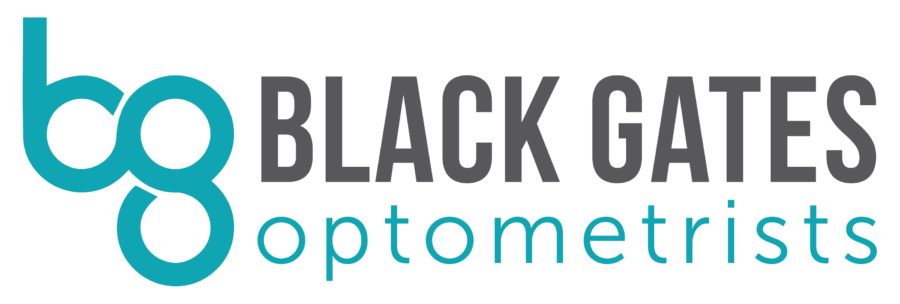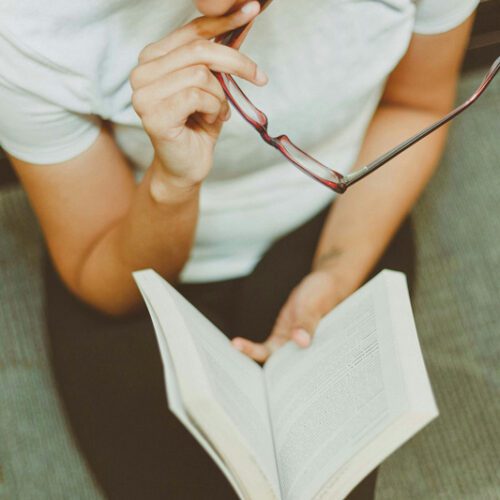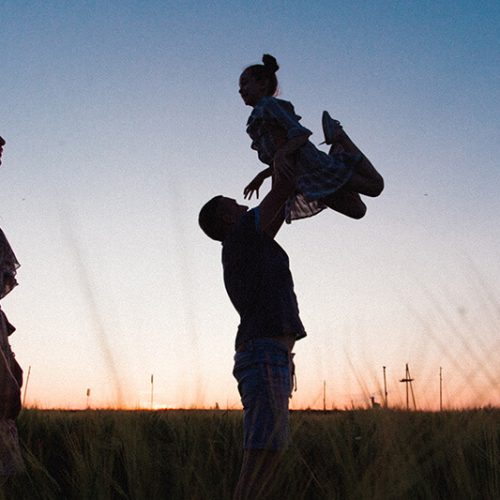Myopia (short-sighted) control
This accelerated growth alters the structure of the eye. The KEY measurement is the length of the eyeball, not the strength of the glasses. The retina and optic nerves are stretched during the process. The result is that people who are highly myopic have a higher lifelong risk of blindness from several causes.
At Black Gates Optometrists we offer the latest equipment in ocular biometry
The Myopia Master® is central to the early detection and management of myopia. With this condition on the rise in this digital world, it is children who are becoming increasingly likely to develop myopia and should be tested from the age of four. Identifying short-sightedness early in children is crucial to slowing down its progression and so reducing the long term risk of vision loss many decades in the future.
In New Zealand schools a routine eye test is conducted for children in year seven. However it’s important to note this test doesn’t cover all potential eye conditions, so myopia can be overlooked. At Black Gates Optometrists, we offer comprehensive testing for your child which will automatically include screening for myopia as well as other eye conditions.
There are many ways to manage myopia (illustrated in the diagram below).

Common Questions
What is Myopia?
Low levels of short-sightedness are an inconvenience with people requiring glasses or contacts to see clearly. Higher levels of short sightedness increase a person’s risk of developing potentially blinding conditions. These including retinal detachments and myopic degeneration of the central vision.
Higher prescriptions for more serious myopia also require thinner, more expensive lenses in glasses (which adds up over a lifetime). People with high levels of myopia are less likely to qualify for laser correction, which makes people incredibly dependent on their glasses or contacts (especially when travelling or outdoors).
Why do people become short-sighted?
This is a complex question! The short answer is a lot of things. Genetics matter – if one or both parents are short-sighted then it is highly likely their children will be too. But the visual environment is important too, spending lots of time outside in natural lighting is better than sitting inside all day.
What options are available?
Is there a myopia cure? Over the years there has been a lot of research into the causes and prevention of myopia. There are four main tools that we have available to us. These have been shown to be most effective in slowing or stopping the eye growing.
Options available
- Orthokeratology (Ortho-K or CRT). uses contact lenses that are worn overnight to reshape the eye. During the day it allows people to see clearly without glasses. It works by remodelling the cornea to correct the myopia, and also creates ideal optics that slow the growth and lengthening of the eyeball which causes the myopia.
- Atropine is a drug that has been used as an eyedrop for centuries. Recent studies show that that when used daily at very low concentration it slows the rate of eye growth. Our optometrists recommend the use of a 0.01% formulation which has almost no side effects. This can be used in combination with glasses, Ortho-K and Soft Contact Lenses. You may have read online about the use of Pirenzapine as a treatment for Myopia, but it is not used very much in Australasia.
- Soft Contact Lenses are worn each day and taken out each night. These lenses have the ability to slow the progression of short-sightedness. This is achieved by their special optical design which is similar to that provided by Ortho-K. They are available as daily disposable or re-wearable monthly replacement options.
- Spectacle lenses can be fitted as normal. These lenses have a very special optical design to change the way the eye focusses at near distances. In contrast to the usual Progressive Lenses, they are designed to be worn by children and young adults rather than the over 40’s.
- Time spent outdoors. There is increasing evidence that spending time outside in natural light helps protect the eye from developing myopia. The exact mechanisms are unknown.
- Vision Therapy. The very earliest signs of a system’s descent into myopia may start as binocular vision disorders. The child may benefit from learning more wholesome ways of using their visual system with visual therapy. Vision therapy is often combined with other strategies that may include glasses or contact lenses. Vision Therapy generally includes some at home therapy training but may include intensive in office training including Vivid Vision Virtual Reality vision training.
Who is suitable for treatment?
One of our optometrists may recommend one or a combination of these treatments if a glasses prescription is changing rapidly, if a child is young and already has a moderate to high power in their glasses or the parents have moderate to high powered glasses.
Does treatment work for most people?
YES. Does it work for everyone? No. Some children’s glasses strength will change more slowly, some will stop changing and others will keep changing – there are no guarantees. We can’t predict who will benefit the most, but the good news is it will help the majority of children.




